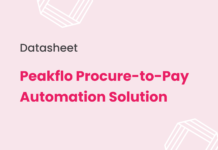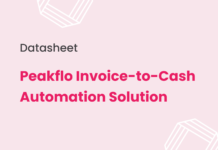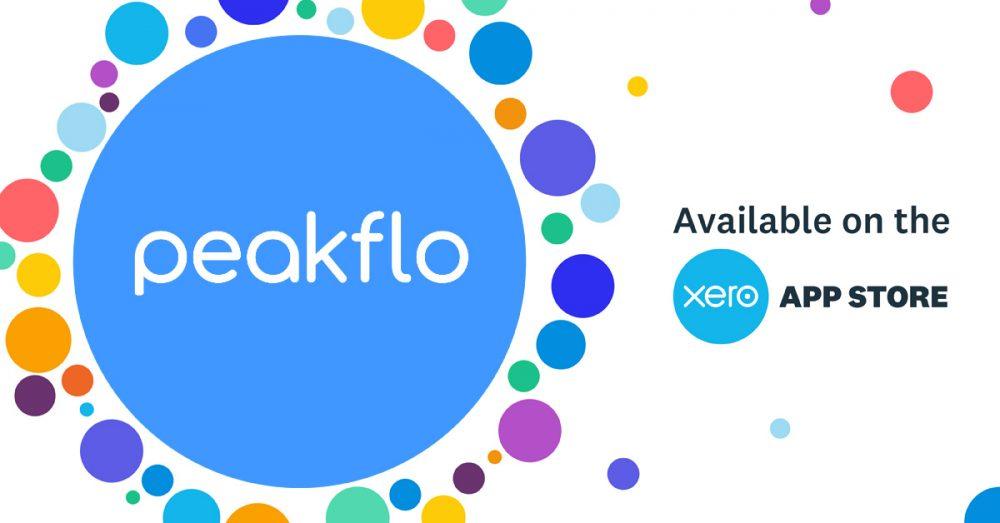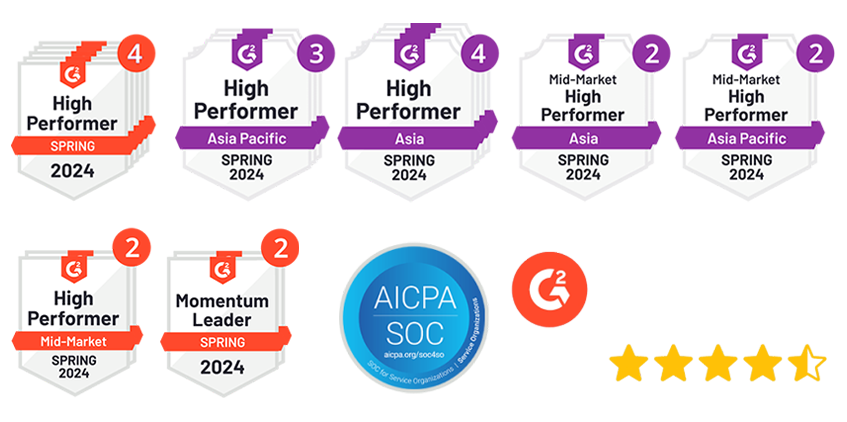Disbursement means paying out money from a source to recipients. Businesses and financial institutions closely watch disbursements to ensure funds are used according to plans.
Keeping good records of disbursements is crucial for financial management, accountability, and meeting financial obligations. For business owners, understanding disbursements is essential for controlling finances, managing costs, and budgeting effectively. It helps monitor cash flow, maintain good relationships with vendors, follow tax rules, and show transparency to stakeholders.
Knowing how funds are disbursed is also important for risk management and supporting business growth. With this understanding, you can make informed financial decisions, ensuring the financial well-being and growth of your company.
In this blog, we’ll delve into the intricacies of payment disbursement, explore how it operates, provide real-world examples, and discuss different types of disbursement. Whether you’re a business owner, a finance enthusiast, or simply curious about the mechanics of fund distribution, this blog aims to be your guide through the labyrinth of payment disbursement. Let’s dive in!
What is Disbursement?
Payment disbursement refers to the process of distributing funds or payments to individuals or entities. It means paying money from a specific fund, like your business bank account, to individuals or other businesses. This payment can be in the form of cash or cash equivalents like ACH.
Payment disbursements are a regular part of your business’s cash flow and should be recorded in your bookkeeping records. It can occur in various contexts or any situation where money needs to be transferred from one party to another, including:
- Employee Wages or Salaries: Employers disburse funds to their employees as compensation for their work.
- Vendor Payments: Businesses disburse payments to their suppliers or vendors for goods and services provided.
- Loan Settlement: Individuals or businesses may disburse funds to settle outstanding loans or debts.
- Bill Payments: Payments made to settle bills for utilities, services, or other obligations.
- Government Expenditures: Governments disburse funds for various purposes, including public services, infrastructure, and social programs.
In business and financial terms, payment disbursement involves the transfer of funds from a central account to multiple accounts or recipients. This process can be managed through various payment methods, including checks, bank transfers, electronic funds transfers (EFT), or other digital payment systems.
How Does Disbursement Work?
Disbursements, essentially cash outflows, are often facilitated through electronic transfers or other payment methods. For businesses, meticulous record-keeping is crucial in managing these financial transactions.
Once funds are disbursed, businesses need to document them in a payment disbursement journal or general ledger. This recording includes essential details like the date, amount, payee’s name, payment method, and the purpose of the payment. This systematic approach allows businesses to track their cash outflows over specific periods and gain insights into where and why their money is being spent.
The disbursement process involves several key steps:
Identifying Payment Obligations
This is initiated by recognizing financial responsibilities such as bills, salaries, loans, taxes, and other obligations. Authorization for fund disbursement typically requires managerial approval, adherence to financial procedures, and compliance with legal and contractual obligations.
Selecting Payment Method
Depending on the recipient and nature of the disbursement, payment methods like checks, electronic transfers, wire transfers, credit cards, cash, or online platforms are chosen. Before processing, businesses often have approval processes and verification checks to ensure accuracy and legitimacy.
Record-Keeping
Accurate documentation is crucial. Each disbursement is recorded, including recipient details, payment amount, purpose, date, and any relevant reference numbers.
Accounting and Reporting
Post-disbursement, the payer reconciles financial records to confirm the accurate recording. The disbursement is accounted for in financial statements, categorized as an expense or payment, and its impact on the financial position and income statement is documented.
These steps constitute the fundamental elements of the disbursement process. It may vary based on context, industry, and specific circumstances.
What are the Different Types of Disbursement?
There are various types of disbursements, which are essentially different ways of making payments. Here’s a breakdown:
Cash Disbursements: This involves making payments with physical currency like coins and banknotes. It’s straightforward and immediate, commonly used for everyday expenses such as groceries or services.
Controlled Disbursements: In this system, businesses have a more controlled way of making payments. The payer initiates payments, which the bank verifies and approves before disbursing funds. This method helps prevent fraud and ensures there are enough funds.
Delayed Disbursements: Payments intentionally postponed to a later date. This delay can be strategic, allowing the payer to maximize cash flow and invest funds before making the payment.
Disbursement Check: A common payment method involving a written instrument issued by the payer’s bank. The check instructs the bank to pay a specific amount to the payee. Checks are widely used for various financial transactions.
Disbursement Voucher (DV): This is a document used to request and authorize a payment or disbursement. It typically includes details such as the payee’s name, payment amount, purpose, and account information. DVs are often used for internal record-keeping and approval processes within organizations.
Each type serves different purposes, meeting various payment needs and preferences.
Examples of Disbursement
- Vendor Payments: Businesses regularly make disbursements to their vendors for goods and services provided. This could involve payments for inventory, equipment, or contracted services.
- Rent Payments: Payments made by tenants to landlords for the use of a property are a form of disbursement. This is true for both business and residential leases.
- Charitable Contributions: Disbursements are made by individuals or organizations to contribute to charitable causes or nonprofit entities. This involves allocating funds to support various social or environmental initiatives.
- Utility Payments: Regular payments made for utilities such as electricity, water, gas, and internet services represent disbursements. These are ongoing expenses for households and businesses.
- Tax Payments: Individuals and businesses disburse funds to fulfill their tax obligations. These payments contribute to government revenue and support public services.
What is a Cash Disbursement Journal?
A cash disbursement journal, sometimes referred to as a cash payments journal, is a detailed log of all the financial expenses incurred by a company. The accounting department typically records payments in this journal before officially noting them in the general ledger.
In simple terms, a cash disbursement journal involves a double-entry bookkeeping system with debit and credit entries. When cash is paid, it’s logged as a credit to the cash account. Once invoices are settled, they are recorded as a debit to accounts payable, effectively reducing the credit balance in that account. If there’s an immediate cash payment without a later billing cycle, it’s logged as a debit to the expense account or asset.
Modern finance solutions can automatically keep track of your budgets and seamlessly integrate with your ERP and accounting software for seamless data flow. Utilizing a budget management solution aids in effectively overseeing your disbursements throughout the year, enhancing your ability to manage your company’s cash flow more efficiently.
How to Streamline Disbursements?
Streamlining disbursements is now hassle-free with Peakflo’s Auto Disbursement solution as it allows you to automate payouts based on bill due dates. The finance team can be relieved from the burdensome task of individually processing payments for each bill. Simply schedule payments aligned with due dates and stay informed with instant notifications on payout statuses.
Peakflo’s Accounts Payable automation extends beyond payments, encompassing the entire accounts payable process. Boost your efficiency by automating invoice approvals and payment workflows. The software seamlessly syncs data in real-time with ERPs and accounting software, facilitating easy reconciliation and providing a robust platform for monitoring and analytics on your accounts payable processes. Simplify your disbursement procedures and elevate your financial operations with user-friendly automation tools.
FAQ
What are common payment methods for disbursements?
Common payment methods for disbursements include cash, checks, electronic fund transfers (EFT), credit cards, bank transfers, mobile payments, online payment platforms, money orders, cryptocurrency transactions, and more.
How is a Disbursement recorded in Accounts Payable?
Disbursements can’t be automatically labeled as an expense. The specific transaction varies but is typically recorded as an expense on the organization’s financial statements.
Are there specific regulations governing disbursements?
Yes, disbursements may be subject to specific regulations and tax laws depending on the type and location. Compliance is critical to prevent legal problems and financial fines.
What is the disbursement process?
The disbursement process transforms payment data into a disbursement instrument, liquidating the payable and generating payments to the vendor.
Is Disbursement a Refund?
In certain situations, yes. For example, when students receive financial aid, a disbursement is the payment for education, and any excess is refunded.
What is the Difference Between a Payment and a Disbursement?
Disbursements are payments, however, not all payments are disbursements. A disbursement is a finalized payment officially recorded as a debit by the payer and as a credit by the payee.
What is a Disbursement Fee?
A disbursement fee is an additional charge from a vendor to cover payments made on behalf of clients, like covering duty and taxes for a package and charging a fee for that service.





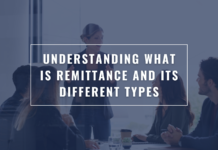




![Why AI Sales Calls Are Making Good Sales Reps Even Better [2025 Guide] ai sales calls](https://blog.peakflo.co/wp-content/uploads/2025/09/65168cf6-3001-4733-8cbc-12d5684cf449-218x150.webp)
















